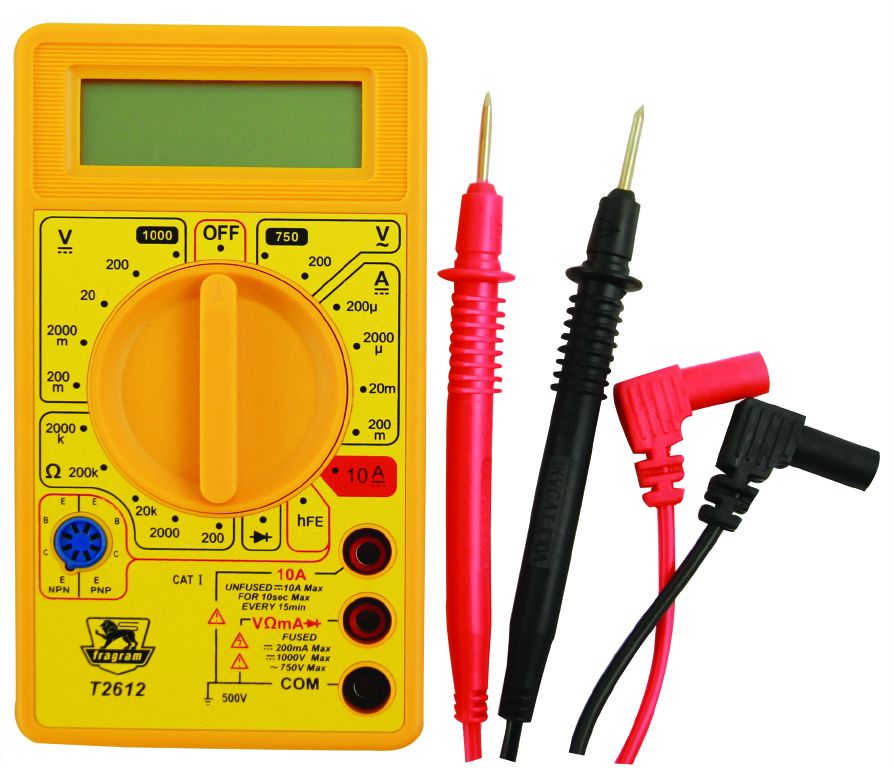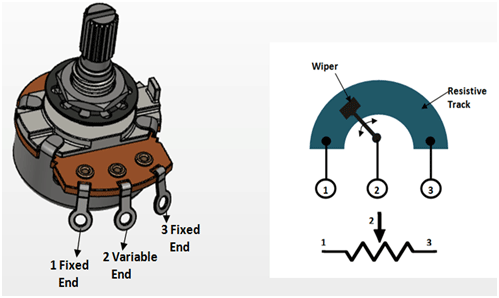I recently bought a Blues Pearl pedal and the level knob has no resistance; you can move it by pretty much blowing on it. It makes it hard to accurately dial in a setting. It's also only scratchy when passing thru the 10-11 o'clock range.
Any idea what could be wrong with the pot? It's not just a loose knob cuz the level value does change when turning the knob.
I'm having trouble finding a schematic to find out what the pot value is, incase it needs to be replaced.
Thanks.
Any idea what could be wrong with the pot? It's not just a loose knob cuz the level value does change when turning the knob.
I'm having trouble finding a schematic to find out what the pot value is, incase it needs to be replaced.
Thanks.
 ) , so you must first tell it first what are you interested in.
) , so you must first tell it first what are you interested in.

Comment